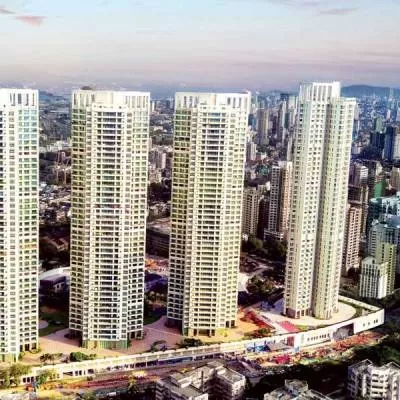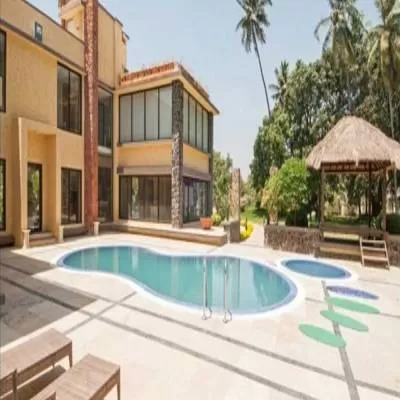- Home
- Real Estate
- Unfortunate process for young architects
Unfortunate process for young architects
- Prequalification: Shortlisting firms based on their previous experience, manpower and financial capacity to undertake the project
- Technical evaluation: Based either on previous project or track record or design competition
- Financial price bid: Although the Council of Architecture has prescribed a minimum scale of fees, this is generally overlooked and financial bids are invited.
- Company’s annual turnover or gross income: A firm led by a young architect of, say, eight to 10 employees will have an average turnover of Rs 2-4 million, but the eligibility criterion is Rs 10-50 million.
- Experience of the firm: To get a project, one needs ‘similar’ experience; without this, you will not get a project
- Earnest money deposit (EMD): This is one of the greatest deterrents for young, struggling architects. They need to deposit a huge amount of money, often ranging in lakhs, to express earnestness at the time of tender submission. The money remains stuck for an unlimited amount of time even after they are informed they have not got the project—we have not participated in many projects in the fear of our money being stuck.
The present tendering process is referred to by most as an “unfortunate” selection process of architects, which originated for the selection of construction agencies and is coordinated by engineers, not architects.Indrajit S Kembhavi, Partner, Kembhavi Architecture Foundation (KAF), outlines the current tendering process:Prequalification: Shortlisting firms based on their previous experience, manpower and financial capacity to undertake the project Technical evaluation: Based either on previous project or track record or design competition Financial price bid: Although the Council of Architecture has prescribed a minimum scale of fees, this is generally overlooked and financial bids are invited. The tenders are a weighted average of combination of strength of the technical bid score and the lower financial bids.On his part, Debmalya Guha, Principal Architect and Planner, Pace Consultants, elaborates upon the eligibility criteria that restrict the entry of most young talented architects:Company’s annual turnover or gross income: A firm led by a young architect of, say, eight to 10 employees will have an average turnover of Rs 2-4 million, but the eligibility criterion is Rs 10-50 million.Experience of the firm: To get a project, one needs ‘similar’ experience; without this, you will not get a projectEarnest money deposit (EMD): This is one of the greatest deterrents for young, struggling architects. They need to deposit a huge amount of money, often ranging in lakhs, to express earnestness at the time of tender submission. The money remains stuck for an unlimited amount of time even after they are informed they have not got the project—we have not participated in many projects in the fear of our money being stuck.Even after overcoming all the above mentioned hurdles, and getting the highest technical score, one may lose the project owing to a low quote. I have personally experienced situations where the design scheme selected as the best by the evaluation committee has not won the project as someone has quoted a much lower rate and bagged it.However, the present selection process has slightly improved from blindly selecting the L1 (lowest bidder) to techno-commercial scoring. The usual norm is to go by 70:30 (technical: financial) scoring formula. But unfortunately, even this process is far from ensuring good architecture.SHRIYAL SETHUMADHAVAN




















